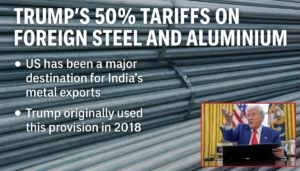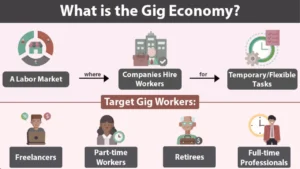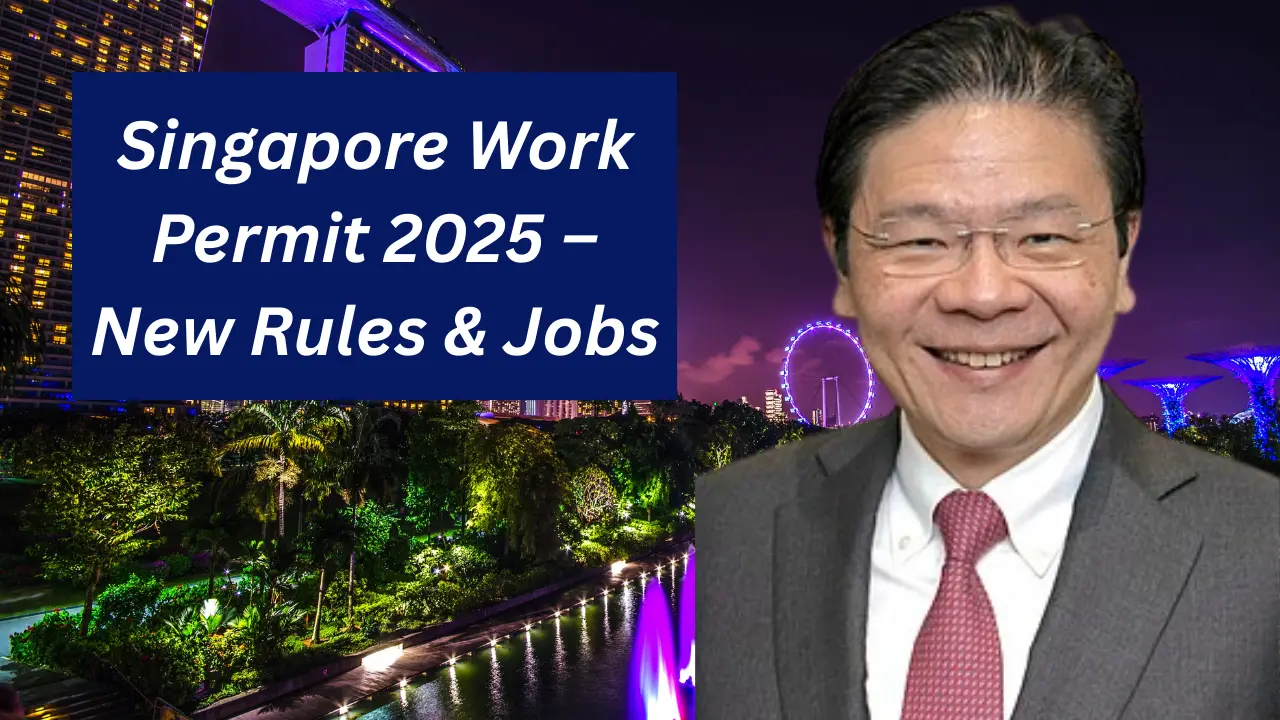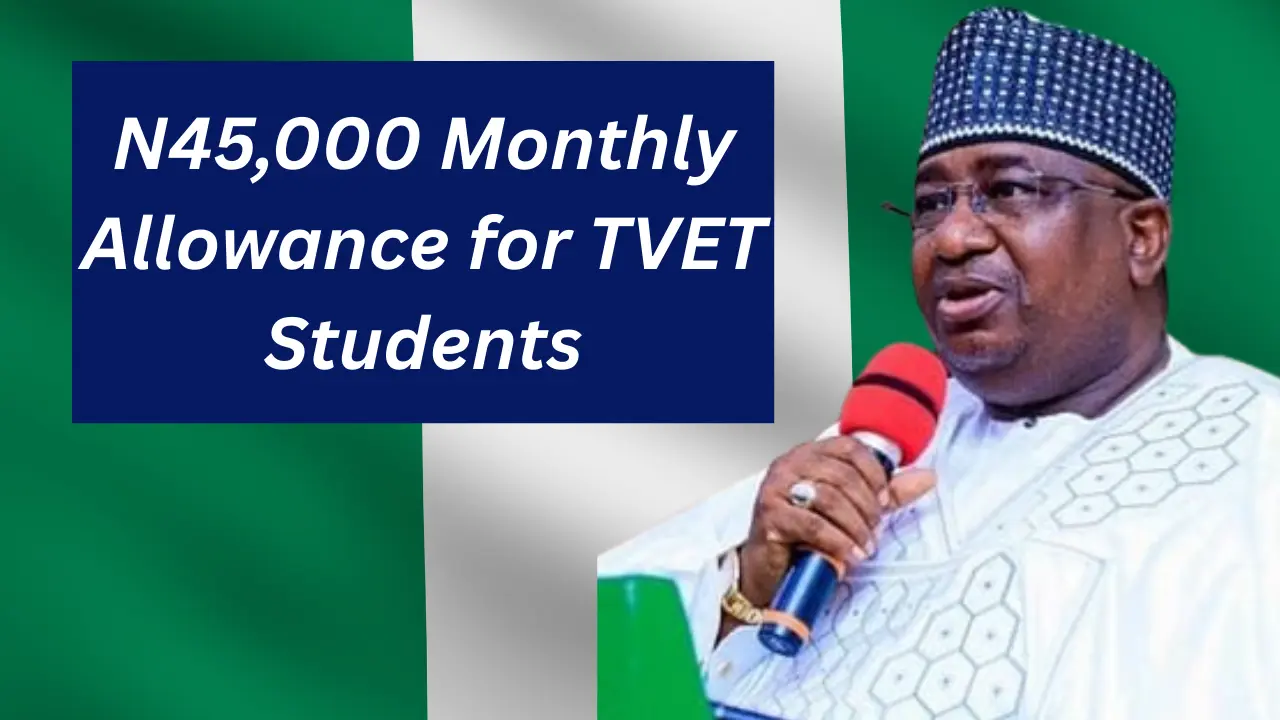Top 5 Misconceptions.Government functions are often wrapped in puzzles, creating misunderstandings and leading to global public insight and exchange of dialogue. From leading organizations to implementing new things,

these misunderstandings can distort how decisions are made and executed. Below are the five major misconceptions or myths about the government cleared with data and facts.
Myth 1: Government Authority Is Radically Different From Private Sector
The Misconception:
Many aspirants believe that being a government employee requires different skills from a private corporation. Government work tends to move more slowly because of its structured and procedural systems.

The Reality:
Research differentiates leadership scores; the private sectors show no major difference in core leadership capability linking government and private industry. The only difference is the circumstances, the restrictions, and limitations of the environment where leadership is employed.

| Aspect | Government | Private Sector |
| Core Leadership Skills | Similar competencies required | Similar competencies required |
| Decision-Making Speed | Often slower due to accountability requirements | Typically faster with more liberty |
| Success Metrics | Public service outcomes | Profit and shareholder value |
| Innovation Constraints | Higher due to public security | More flexibility to experiment |
Myth 2: Government Employees Are Primarily Motivated by Public Service
The Misconception:
According to a misconception, some people think government employees are all selfless heroes, work for the public good. But behind this, they are only regular employees who do their job like everyone else.

The Reality:
According to a Study, government employees have the same motivation as compared to their private sector colleagues. Both private and government sectors are motivated by their parent company or organization’s mission. Only financial incentives matter across both sectors.
Apart from this, many government workers care about the public and serve them, but this can’t be the only motivation for them. Every good leader knows they can’t rely on ideas; they support the employees and implement them, reason to stay.

Myth 3: Military Leaders Automatically Excel at Civilian Government Leadership
The Myth: Great military leaders will automatically be great at leading civilian teams.
The Truth: It’s not that simple. Research shows many military officers struggle when moving into senior civilian roles, especially when it comes to building and leading teams. Why? Because what works in the military often falls flat in civilian offices.

In the military, leaders can rely on rank and clear chains of command. But in civilian jobs, success depends more on cooperation, encouragement, and trust, not just giving orders.
Myth 4: Government Success Requires Technical Expertise Alone
The Misconception: To be a part of government, all you need is technical knowledge; leadership skills are secondary.
The Reality: An extensive study reveals that leadership skill is the top-rated search and ranked higher among government employees. It is acknowledged as the most important competency for allied leaders.
Constructive public service needs balanced and technical knowledge with the ability to:
- Stimulate and manage team members
- Navigate administrative systems
- Meet up across legislative boundaries
- Drive change in fusion environments
Superior Government leaders may focus on technical proficiency while neglecting leadership development, which can often hinder career growth.
Myth 5: Government Lacks Innovation and Problem-Solving Capacity
The Misconception: While solving complex problems, it is a misconception that Government authorities are fundamentally less inventive and creative as compared to than private companies.
The Reality: But in reality, a survey shows that government leaders display more problem-solving capacity as an ability. They’re recognized for being:
- Quick to cultivate knowledge
- Highly indigenous
- Willing to do whatever it takes to achieve goals
Government employees create unique restraints and innovative ideas, like stringent accountability. Many government agencies have developed powerful strategies to create faster solutions with minimal parameters.
Why These Misconceptions Matter
These myths aren’t just educational; they have a real-world upshot:
- Talent Pipeline Issues: Believing that government work requires completely different skills may discourage the qualified private sector employees and their career growth.
- Employee Engagement Challenges: Assuming public attendants are motivated by service may lead managers to neglect other important engagement strategies.
- Leadership Development Gaps: Exaggerating technical skills in the name of leadership training can create potential gaps in government administrations.
- Public Trust Erosion: Persevering myths about the government’s inability or lack of innovative ideas that impair trust in public institutions.
Moving Beyond the Myths
Understanding the reality of how government works allows us to:
- Develop more effective leadership programs for development
- Allow the recruitment program to appeal to multiple motivations
- To encourage innovation within government limitations and Design systems
- Have more informatics debates on how to improve government effectiveness
The Bottom Line: Leading in government is different in some ways, but at its core, it’s still about solving the same basic leadership challenges we see everywhere else. Once we accept that, we can borrow smart ideas from business, nonprofits, and other fields while still respecting what makes public service unique.
| Home Page | https://aiis.org/ |
Excavating these myths helps us focus on real solutions instead of typecasting. Sure, the truth might not be as flashy as the rumors, but it’s what helps make government work better for all of us.








